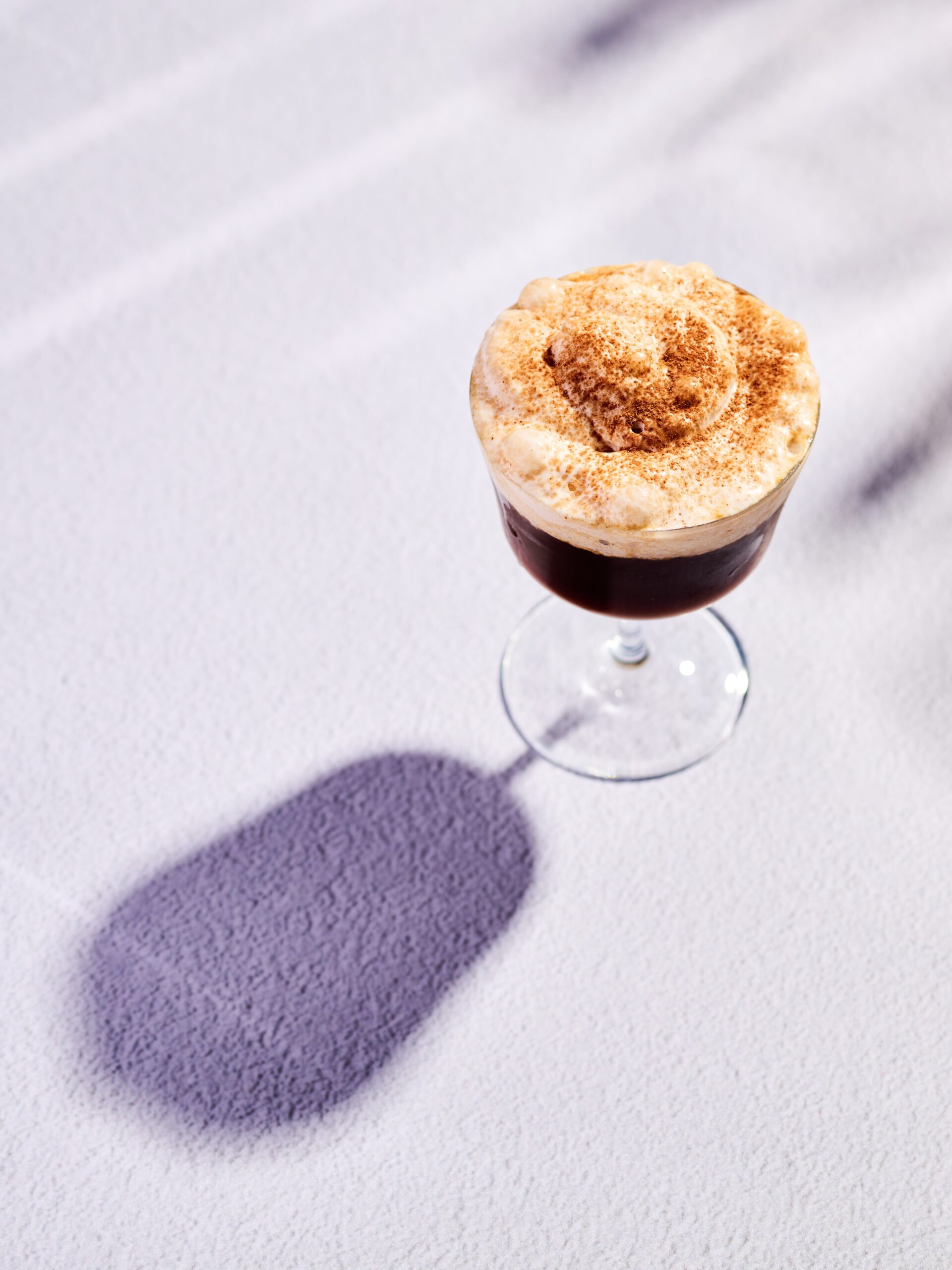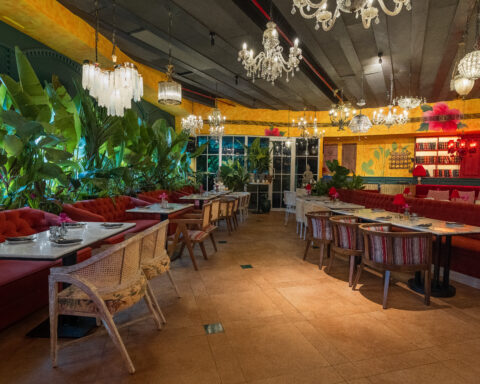There was a time when dinner automatically ended with a slice of cake or a scoop of gelato. Today, diners are skipping the dessert menu altogether — yet still choosing to end on a sweet note. Across India’s most ambitious bars, the new finale is a cocktail that tastes like dessert but drinks like a drink. Think tiramisu martinis with soft serve, smoky coconut coladas topped with sorbet, jaggery-spiked espresso foam, or brûléed banana old-fashioneds. The modern dessert cocktail isn’t a sugary gimmick — it’s nostalgia refined into liquid craft.
What diners crave is emotion, memory, and balance. Bartenders are responding with drinks that evoke childhood pleasure while still promising grown-up sophistication. At Massive Restaurants’ Bo-Tai, Head of Liquid Artistry Anurag Dhingra captures this spirit through Quaffine (Soft Serve) — cold-brew coffee liqueur, salted caramel, and vanilla soft serve, crowned with tiny heart cookies. For him, dessert cocktails are “a two-for-one experience that combines the comfort of dessert with the sophistication of a crafted cocktail.” He sees a rise in chocolate-pistachio blends, “swicy” tropical notes like mango-habanero, and elevated citrus such as calamansi or yuzu.
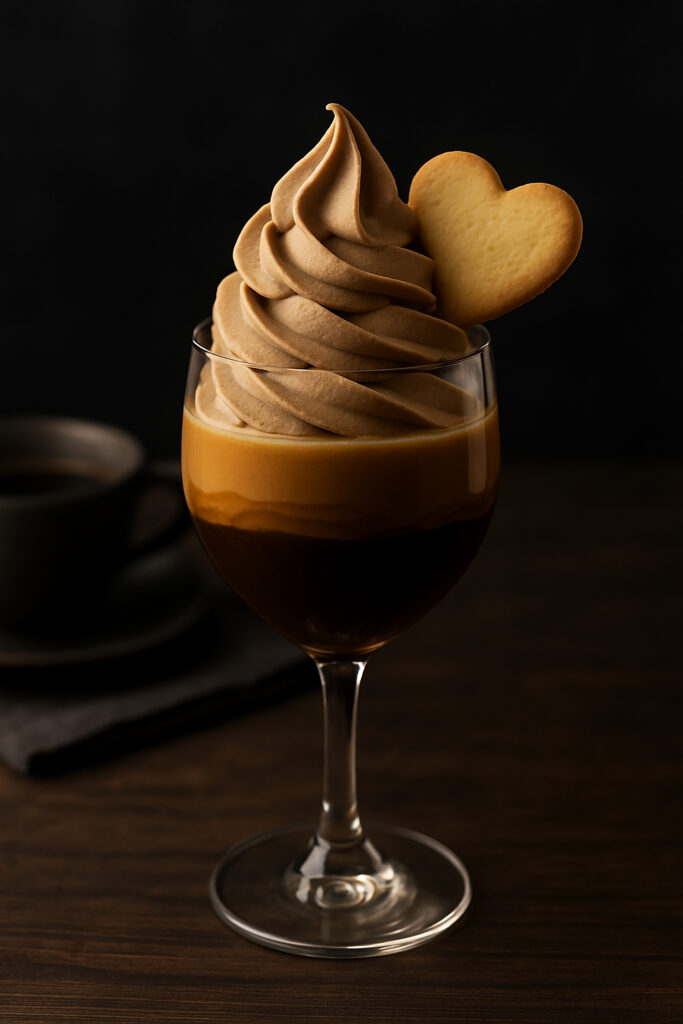
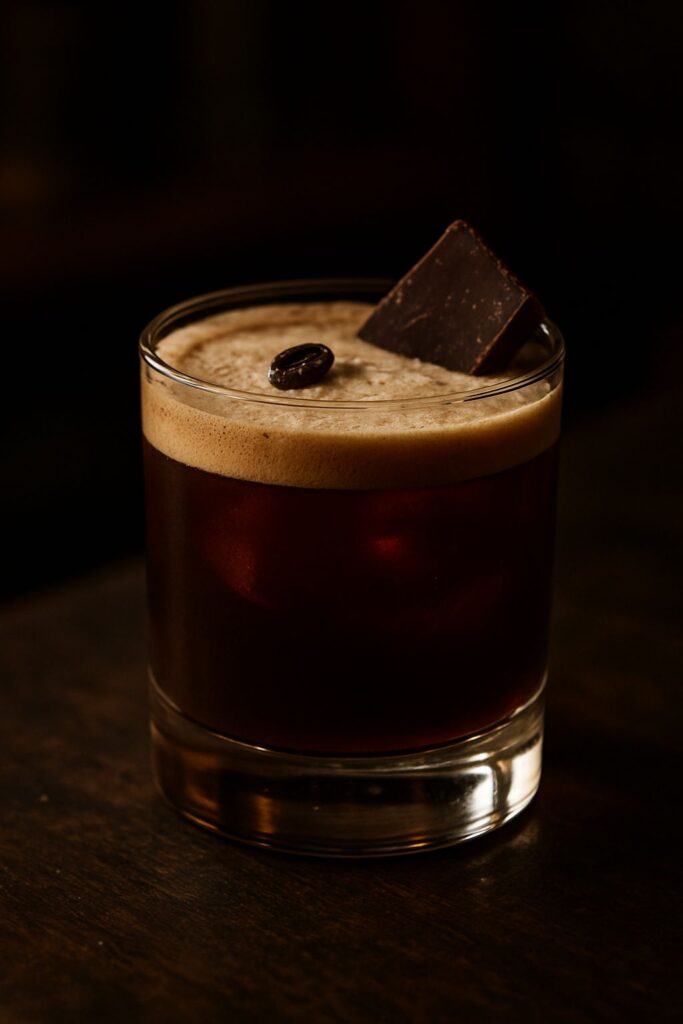
In India’s luxury hotels, the trend is taking deeper, atmospheric roots. At JW Marriott Kolkata’s 2:Fifty9 The Bar, mixologist Laksh Tamang noticed guests wanting their last drink to be their dessert. His tiramisu martinis, banoffee old-fashioneds, and brûléed banana syrups use pastry-style techniques — fat-washing, cold-brew extraction, dessert foams — to create what he calls “memories served with a modern twist.” For him, the biggest flavours of the year are coffee-cocoa indulgence, caramelised banana–butterscotch, tropical creaminess, and Indian inspirations like gulab-jamun caramel or mishti doi foam.
Further west, at the Jaisalmer Marriott Resort & Spa, dessert cocktails take on regional character. F&B Manager Chetan Sharma looked to the Golden City for inspiration, crafting cocktails that echo its warm spices, glow, and grandeur. He believes dessert drinks should blend nostalgia with luxury, and predicts that cumin — earthy, soulful, rooted in culture — will surprisingly trend in sweet cocktails. “They’re not just drinks — they’re experiences,” he says, reflecting the region’s culinary depth in creations like the Thar Desert Martini.
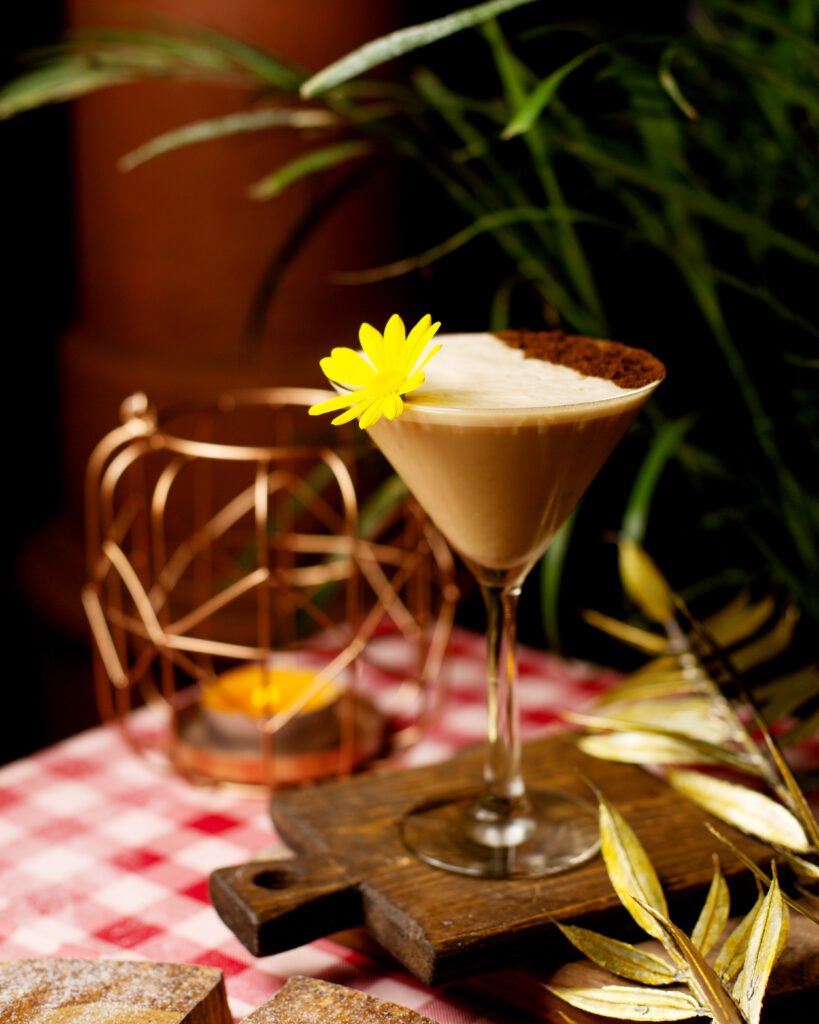
South India brings its own sunlit version of dessert in a glass. At Sheraton Chennai Resort & Spa, Rohit Sharma imagines sweetness through the lens of sunsets, sand, and lazy holidays. His Caffè Colada blends roasted coffee, coconut, and pineapple into a silky treat “made for ending the night without ever leaving vacation mode.” He sees burnt sugar, salted caramel, white velvet strawberry, and coffee–chocolate as the next wave: indulgent yet airy, rich but restrained.
From there, the trend takes more playful turns at India’s leading standalone bars. At Pebble Street Hospitality, Akash Singh flips the Piña Colada into Tropical Error, clarified with soy milk, spiked with mezcal, and topped with pineapple–coconut sorbet. The drink ends like a dessert but drinks like something high-minded and fresh. He sees the future in tropical and Asian influences — pandan, pineapple, coconut, yuzu — sweetness without weight.
Mumbai’s nightlife turns sentiment into craft. At Olive Bar & Kitchen, Amol Gangurde uses memories of late-night coffee and conversations to create Bandra After Dark, a dark rum and espresso cocktail warmed with spiced jaggery syrup and finished with cacao–coconut foam. “Every sip feels like late nights in Mumbai — laughter, stories, and that bittersweet flavour of the city,” he says. He predicts gourmet nostalgia — mango sticky rice notes, cookie butter, birthday-cake flavours, and spicy-sweet caramel — all reinvented for adults.
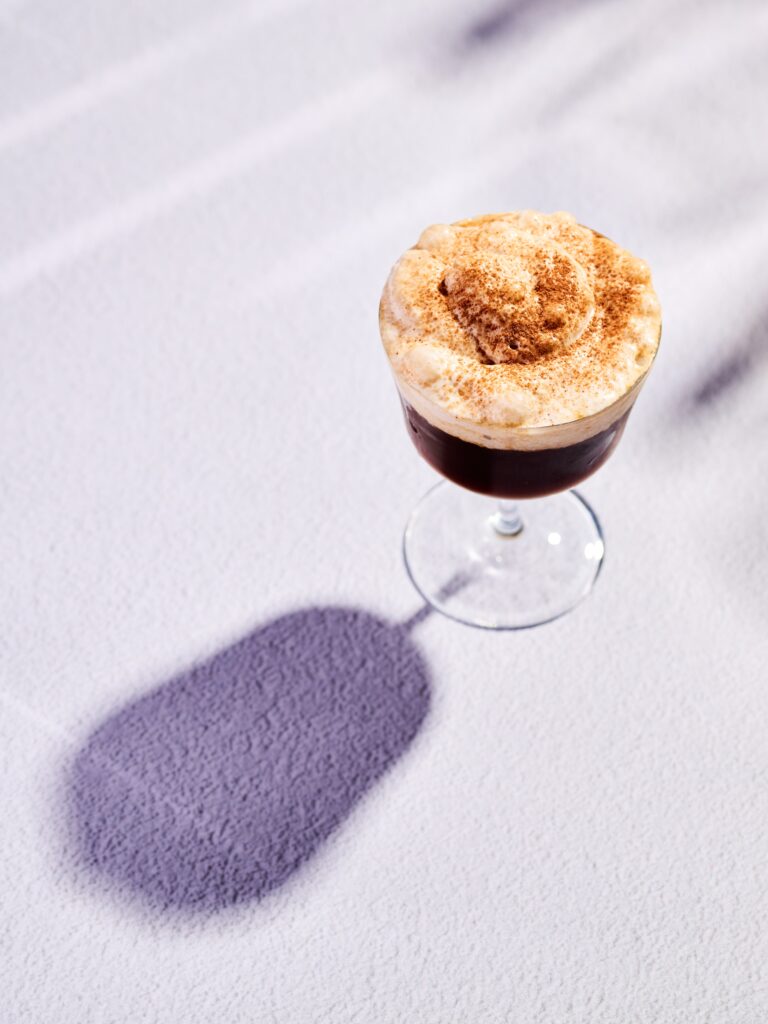
Some bars go even further, fusing dessert with street culture. At Kona Kona, Co-Founder Anil Nair treats cocktails like café indulgence. Irish Kiss and Caramel Java marry Old Monk with whipped cream, condensed milk, and chocolate. Nair believes diners are shifting toward natural sweetness — melon, lychee, guava — with deeper, toasted flavours like smoked caramel, brown butter, and tea-based profiles (hojicha, jasmine, Earl Grey) adding refinement.
At The Bluebop Café, Sr. Bartender Kuber Bhatt sees dessert cocktails as a way to tap into childhood memory and transform it into something refined. For him, sweet flavours aren’t just indulgent — they’re emotional. “Dessert-style cocktails allow me to merge technique with nostalgia, creating elevated, end-of-meal indulgences that are both comforting and memorable,” he says. Bhatt sees 2025 bringing richer coffee-cocoa intensity, caramelised banoffee and butterscotch, and tropical creaminess like coconut and mango, alongside bakery-style inspirations — from cheesecake to Biscoff. His take reflects what guests are craving most: familiar sweetness, but presented with sophistication.
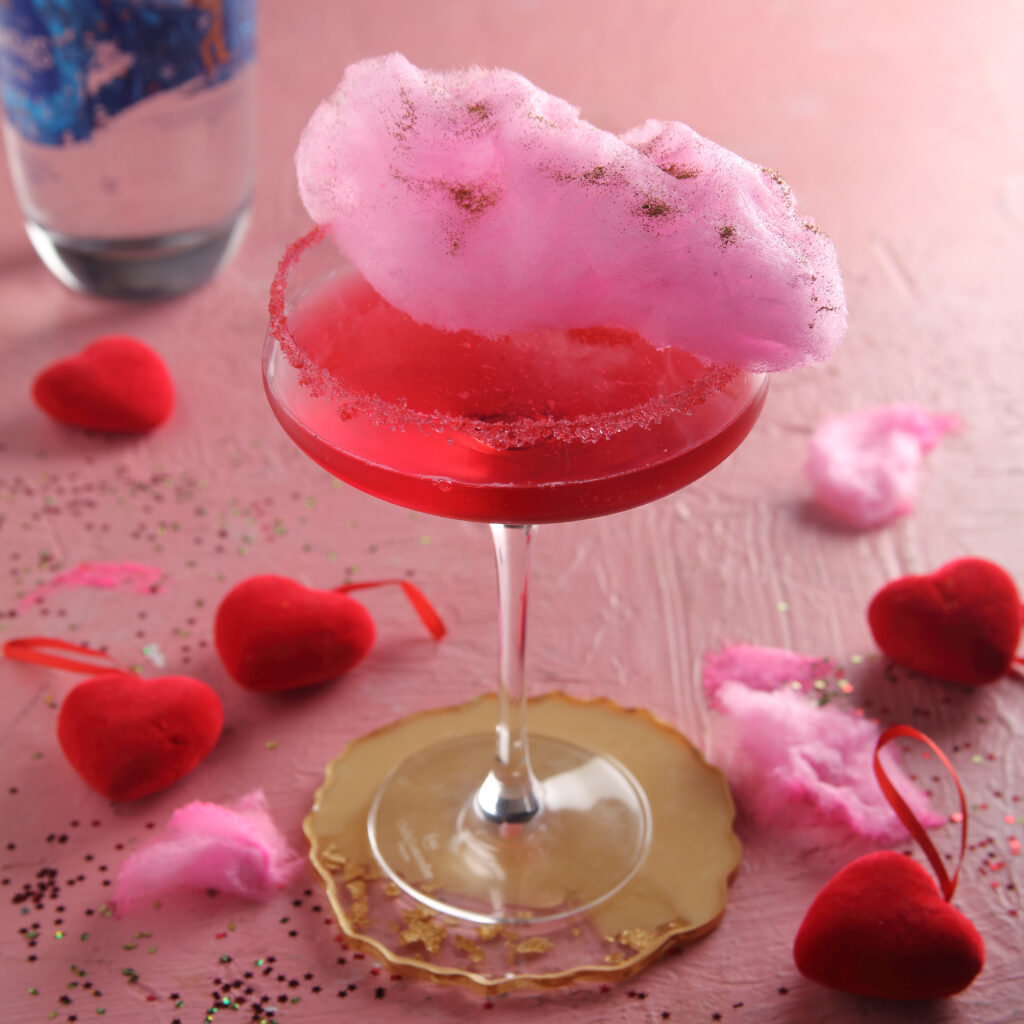
Even Mumbai’s Eve Bombay sees dessert cocktails stepping into a more structured, elegant era. Their Tira-Miss-You doesn’t drown in sweetness — instead, it balances roasted coffee, cocoa, bitterness, citrus and agave spirits. They view the future as lighter, more technique-driven, and culturally expressive, using Indian ingredients with restraint and intention.
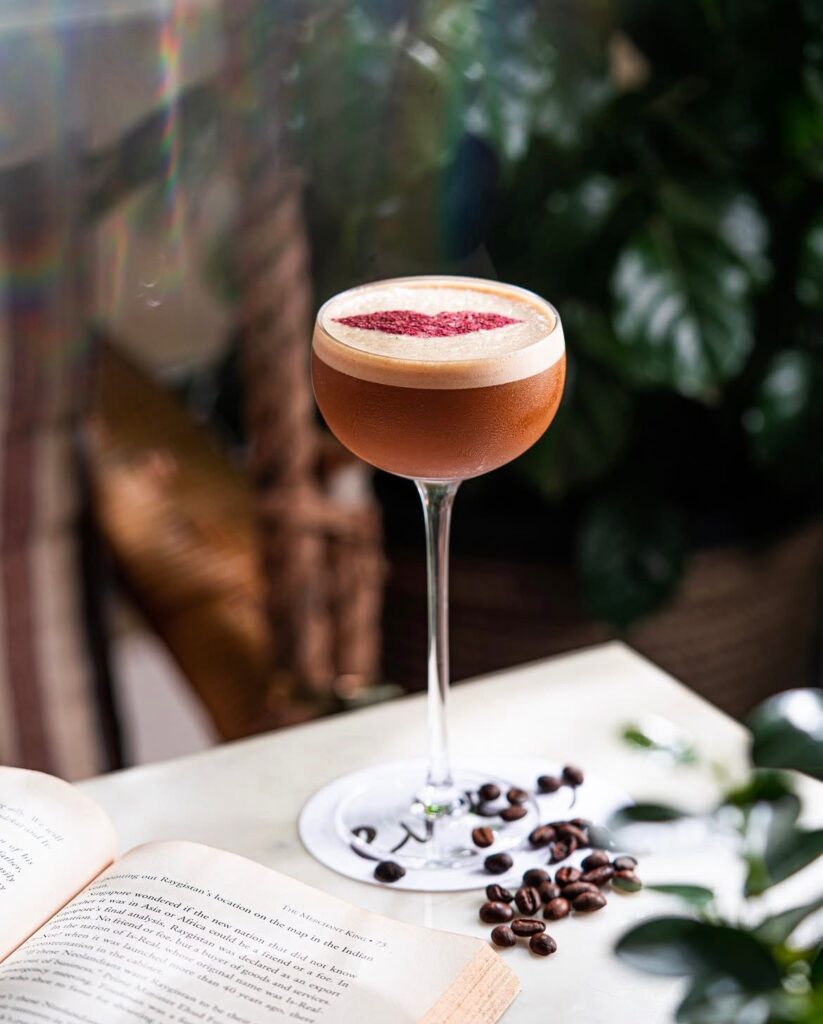
The sweetest drinks today are also the smartest. They respect flavour the way pastry chefs respect sugar — as something to balance, not overwhelm. They aren’t desserts pretending to be cocktails, but cocktails that carry the soul of dessert.
This isn’t merely the rise of dessert cocktails. It’s a new kind of finale — one that arrives in a stemmed glass instead of on a plate. And it ends the evening exactly the way the best desserts do: slowly, indulgently, and with a little joy.
Also Read:
Actor, Director, Producer, And Now A Whisky-maker, Ajay Devgn Launches The GlenJourneys
Pastas Stealing the Spotlight
The New Sweet Economy: How Mithai Got a Modern Makeover (and a Cool Companion)

